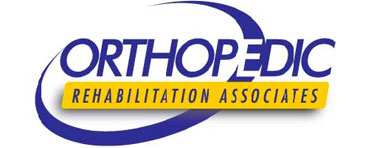Exploring the Impact of Manual Treatment Techniques on Reducing Musculoskeletal Pain and Improving Client Outcomes
Exploring the Impact of Manual Treatment Techniques on Reducing Musculoskeletal Pain and Improving Client Outcomes
Blog Article
Manual treatment techniques are hands-on methods used by healthcare providers to address musculoskeletal discomfort. These methods include different forms of manipulation and mobilization of the body’s muscles and articulations. The objective of manual treatment is to relieve discomfort, improve movement, and enhance overall performance. Numerous individuals suffer from musculoskeletal pain due to injuries, suboptimal alignment, or conditions like joint inflammation. By applying manual therapy, therapists aim to address these issues and help clients regain their standard of life.
One common manual therapy method is vertebral manipulation. This technique involves using controlled force to the spine to improve positioning and reduce pain. Research has demonstrated that vertebral manipulation can be beneficial in managing lower back pain and cervical pain. Another technique is soft tissue mobilization, which focuses on relieving tightness in the muscles and connective tissues. This can help reduce stiffness and improve flexibility, making it easier for patients to move without discomfort. Both techniques can be tailored to meet the individual needs of each client, ensuring a custom method to care.
In furthermore to discomfort alleviation, manual therapy can enhance patient outcomes in various ways. For example, it can boost blood flow, which helps supply nutrients and essential elements to the injured areas of the system. Improved blood flow can also promote recovery and view website alleviate swelling. Additionally, manual therapy can help patients develop better physical awareness, which is crucial for preventing future injuries. By understanding how their bodies function, patients can make more knowledgeable decisions about their activities and posture, leading to long-term benefits.
The effectiveness of hands-on treatment is often backed by client responses. Many individuals indicate significant improvements in their pain levels and overall function after undergoing care. This positive response can lead to increased motivation for clients to participate in rehabilitative activity and rehabilitation exercises. When patients feel improved, they are much likely to engage in their recovery process, which can additionally improve their results. This collaborative approach between the therapist and the patient is essential for achieving lasting results.
In conclusion, manual therapy techniques play a critical role in relieving musculoskeletal discomfort and improving patient outcomes. By applying techniques such as vertebral manipulation and gentle tissue mobilization, healthcare professionals can help clients regain mobility and reduce discomfort. The benefits of hands-on treatment go further than instant discomfort alleviation, as it also promotes healing and motivates clients to take an active role in their recovery. As an increasing number of individuals look for effective therapies for muscle and joint concerns, hands-on therapy remains to be an essential choice in the field of healthcare.